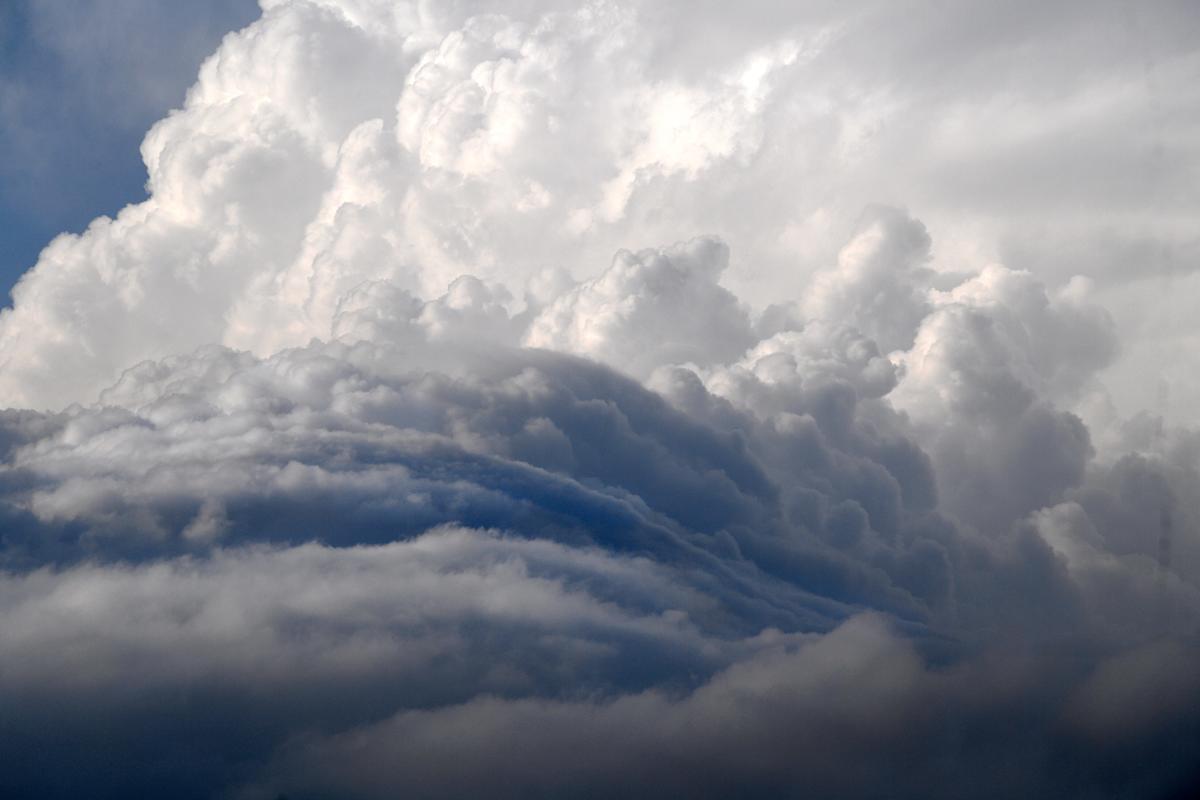California, known for its diverse climate ranging from Mediterranean along the coast to arid in the deserts, is bracing for an unusual weather event. Meteorologists have issued a weather alert as extreme and atypical temperatures are forecasted across the state. This unexpected shift could have significant implications for residents, agriculture, and emergency services.
Unusual Weather Patterns Ahead
The National Weather Service (NWS) has warned that California will experience temperatures well above or below seasonal norms, depending on the region. While some areas may face unseasonable heat, others could see unexpected cold snaps. This erratic behavior is being attributed to a combination of climatic factors, including:
- A lingering high-pressure system trapping heat in some regions
- Anomalous jet stream patterns disrupting typical weather flows
- Residual effects of El Niño or La Niña influencing Pacific Ocean temperatures
Such deviations from the norm raise concerns about public health, energy demands, and wildfire risks.
Regional Breakdown of Expected Conditions
1. Southern California: Above-Average Heat
Southern California, particularly Los Angeles, San Diego, and inland valleys, is expected to see temperatures 5-10°F above normal. Coastal areas may remain slightly cooler due to marine influence, but inland regions could experience:
- Daytime highs in the 90s (°F)
- Increased wildfire danger due to dry, hot winds
- Poor air quality from trapped pollutants
Authorities are urging residents to stay hydrated, avoid strenuous outdoor activities during peak heat, and check on vulnerable populations, including the elderly and unhoused individuals.
2. Central Valley: Extreme Heat & Agricultural Impact
The Central Valley, a critical agricultural hub, is forecasted to endure unusually high temperatures, potentially exceeding 100°F in some areas. This could lead to:
- Crop stress, affecting yields of almonds, grapes, and other key produce
- Increased irrigation demands, straining water resources
- Heat-related illnesses for farmworkers
Farmers may need to adjust harvesting schedules, while workers are advised to take frequent breaks and seek shade.
3. Northern California & Bay Area: Unpredictable Swings
Northern California, including San Francisco and Sacramento, may experience rapid temperature fluctuations. Some models suggest:
- Brief heat spikes followed by cooler marine air
- Overnight lows dropping unexpectedly, increasing hypothermia risks for unhoused populations
- Potential for sudden thunderstorms in elevated areas
Residents should prepare for rapidly changing conditions and keep emergency supplies handy.
4. Sierra Nevada: Late-Season Snowfall Possible
In a surprising twist, higher elevations of the Sierra Nevada could see late-season snowfall due to a cold front pushing in from the northwest. While this may benefit ski resorts and water reserves, it could also:
- Disrupt travel along mountain passes
- Cause power outages from heavy, wet snow
Drivers are advised to carry chains and monitor road conditions.
Public Health & Safety Concerns
Heat-Related Illnesses
Unusual heat increases risks of:
- Heat exhaustion & heat stroke
- Dehydration, especially among children and the elderly
- Worsening of chronic conditions like heart disease
Prevention Tips:
- Drink plenty of water
- Wear lightweight, light-colored clothing
- Use air conditioning or cooling centers
Cold Weather Risks
In areas experiencing unexpected cold:
- Frostbite and hypothermia become concerns
- Power outages may leave households without heating
Prevention Tips:
- Dress in layers
- Keep emergency blankets and portable heaters available
- Check on neighbors, especially seniors
Energy Grid & Infrastructure Strain
Extreme temperatures, whether hot or cold, place heavy demands on California’s power grid.
- Heatwaves increase AC usage, risking blackouts
- Cold snaps spike heating demands, straining supply
Officials may issue Flex Alerts, urging residents to conserve energy during peak hours.
Wildfire & Drought Implications
While recent wet winters have improved drought conditions, unusual heat can quickly dry out vegetation, elevating fire risks.
- Southern California and foothills are most vulnerable
- Red flag warnings may be issued if winds pick up
Residents in fire-prone areas should:
- Clear defensible space around homes
- Have evacuation plans ready
- Stay updated on local alerts
Long-Term Climate Trends
This unusual weather event aligns with broader climate change trends, where:
- Heatwaves are becoming more frequent and intense
- Precipitation patterns are growing erratic
- Extreme weather events (storms, droughts, fires) are increasing
Scientists warn that such anomalies may become more common, necessitating better infrastructure and emergency preparedness.
How to Stay Safe & Prepared
1. Monitor Weather Updates
- Follow NWS, local news, and emergency alerts
- Use apps like Weather.gov or AccuWeather
2. Prepare Your Home
- Heat: Use blackout curtains, fans, and portable AC units
- Cold: Insulate pipes, seal drafts, and keep heating sources safe
3. Emergency Kits
- Water, non-perishable food, medications
- Flashlights, batteries, first-aid supplies
4. Community Support
- Check on neighbors, elderly, and vulnerable individuals
- Know the locations of cooling/warming centers
Conclusion
California’s latest weather alert underscores the growing unpredictability of global climate patterns. Whether facing extreme heat, cold, or rapid shifts, residents must stay informed and prepared. By taking proactive measures, individuals and communities can mitigate risks and adapt to these evolving challenges.




